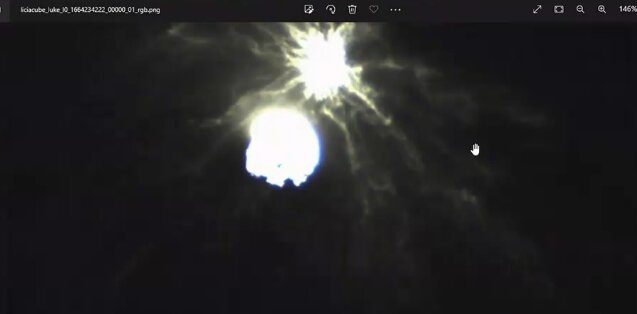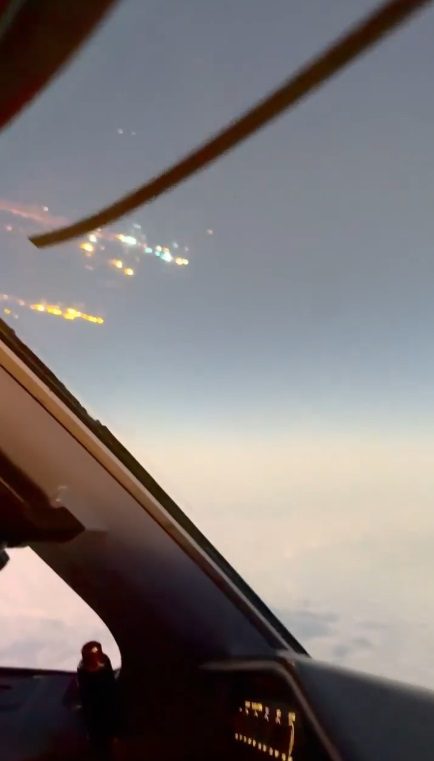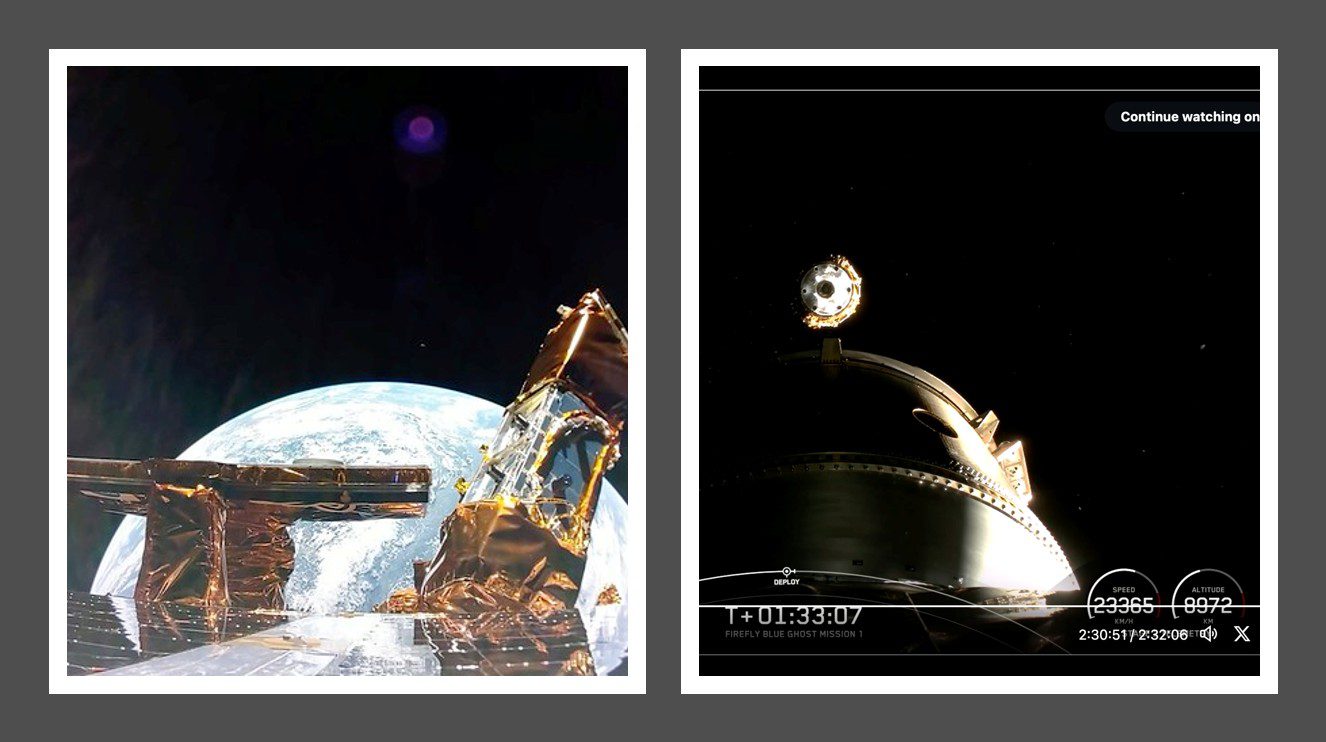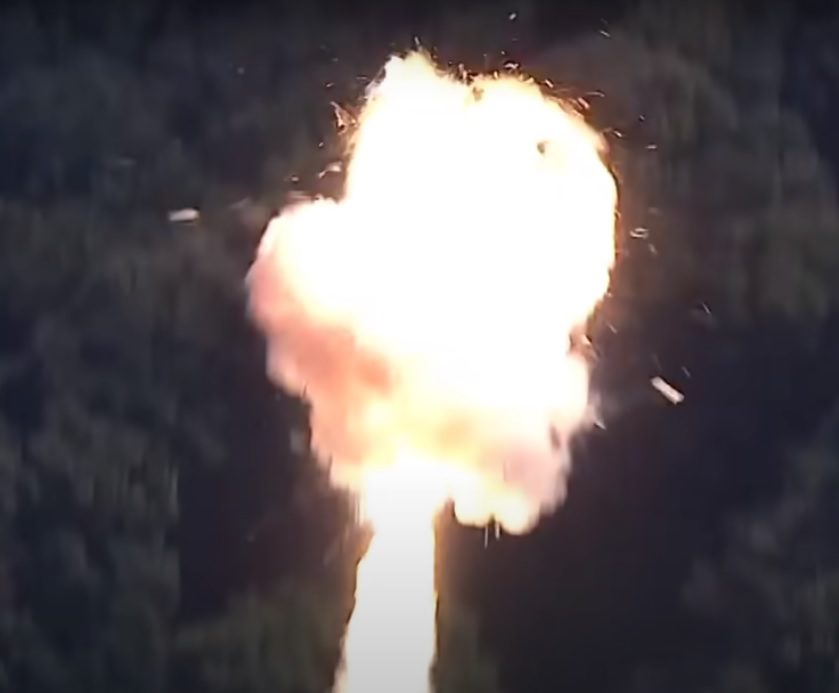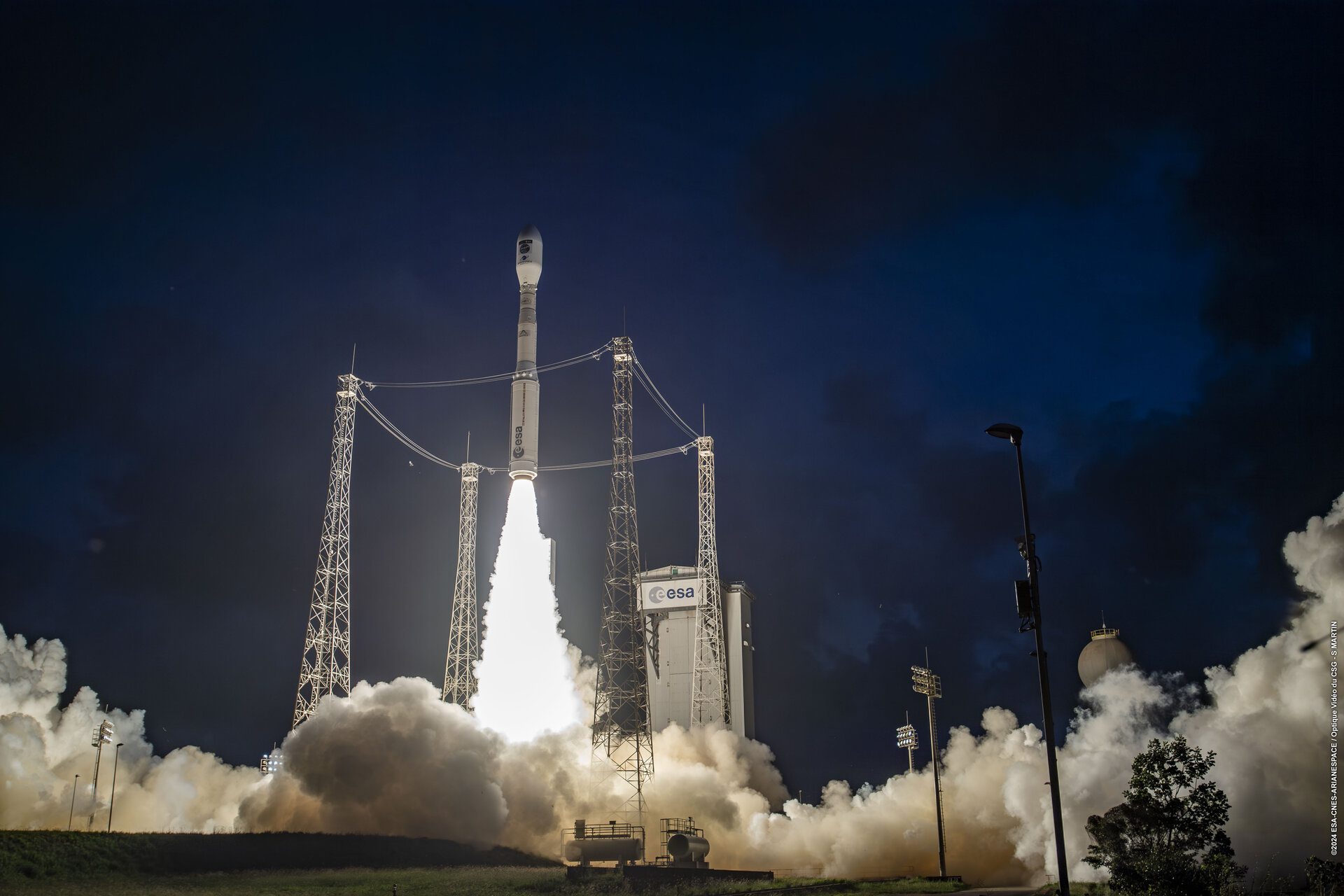The NASA DART (Double Asteroid Redirection Test) experimental asteroid collision mission has been declared a major scientific success. This was after telescopes on Earth ascertained that the orbit of the 160-metre-wide asteroid, Dimorphos, had been significantly altered after the DART probe deliberately struck it at 2314 GMT on 26 September.
The 500 kg DART spacecraft crashed into Dimorphos at a closing velocity of circa 6.5 km/s while small co-spacecraft LICIACube (released on 11 September) imaged the impact. Telescopes on Earth also imaged this, and space telescopes tracked a 10,000 km trail of ejected dust and debris.
From telescope observations on Earth, the new orbital period was calculated by measuring how long it takes for Dimorphos to disappear behind its “home asteroid” – the 780 m diameter Didymos, which it orbits around. In early October it was revealed that the change in orbital period was 32 minutes – about three times more than was predicted from the conservation of momentum calculations and estimates about how elastic the collision would be.
Scientists are now trying to work out why this estimate was so far out. Some have suggested that the debris emitted might have flung the remaining asteroid forward. Either way, the fact that the orbit was changed so dramatically demonstrated that if an asteroid was endangering Earth, a similar collision could deflect it enough to miss the planet. If – and it is an important if – a dangerous asteroid is detected in time.
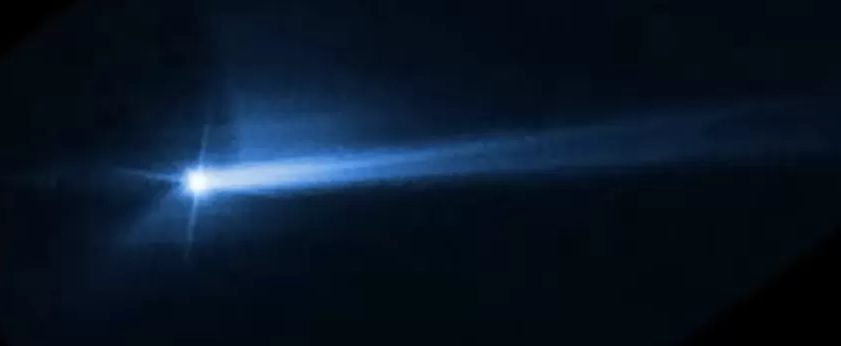
The trail of debris from asteroid Dimorphos after its strike by the DART mission as imaged by the Hubble Space Telescope. Courtesy: NASA/ESA/Hubble
While this successful test posed no risk to Earth, with Didymous-Dimorphos being a closed orbital system, China is planning its own asteroid kinetic interception experiment in the 2025-26 period. That one will be on an actual near-Earth asteroid which would technically pose a risk should the collision go wrong.
Comment by Seradata: We give our congratulations to all those involved in this marvellous success.

